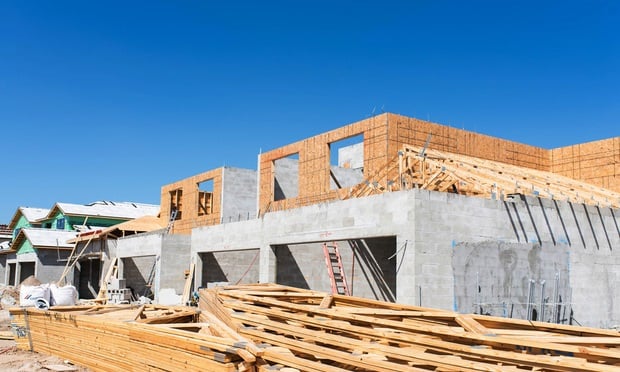The average tract contains 4,000 people, but tracts can range from fewer than 2,500 to more than 8,000.
Tract boundaries are drawn with the intention of being maintained over decades so statistical comparisons can be made from census to census. However, tracts may change from time to time due to physical boundary changes, such as construction of a new highway, or because of population growth or decline which can necessitate either splitting or combining tracts.
The census tract data are used for many purposes, including:
* Local governments looking to identify areas of need in their communities.
* Community-based groups looking to describe their neighborhoods for grant applications, businesses selecting locations for retail or service establishments.
* Emergency service providers developing evacuation and assistance plans.
* Realtors comparing neighborhoods for marketing homes.
* Human service agencies targeting groups with special needs.
Copies of 2000 census tract maps for Southeast Michigan are available from SEMCOG Information Services for $25.
Want to continue reading?
Become a Free ALM Digital Reader.
Once you are an ALM Digital Member, you’ll receive:
- Breaking commercial real estate news and analysis, on-site and via our newsletters and custom alerts
- Educational webcasts, white papers, and ebooks from industry thought leaders
- Critical coverage of the property casualty insurance and financial advisory markets on our other ALM sites, PropertyCasualty360 and ThinkAdvisor
Already have an account? Sign In Now
*May exclude premium content© 2025 ALM Global, LLC, All Rights Reserved. Request academic re-use from www.copyright.com. All other uses, submit a request to [email protected]. For more information visit Asset & Logo Licensing.








